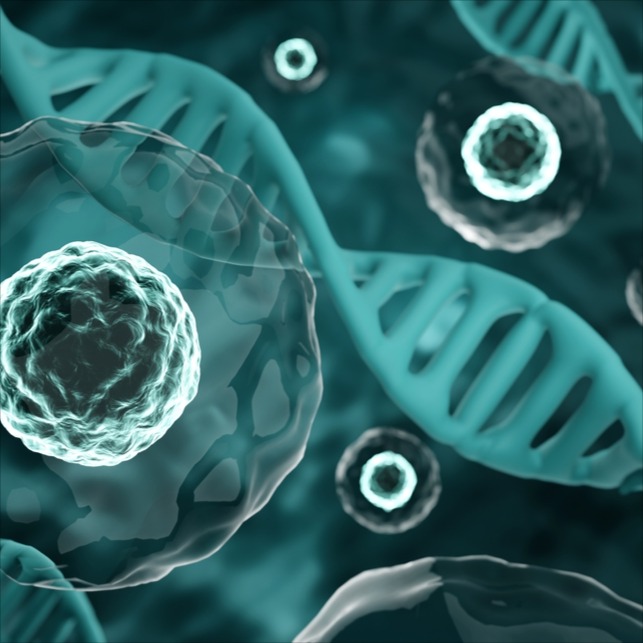
How do EMFs affect the differentiation of stem cells?
Electromagnetic fields (EMF) can influence the differentiation of stem cells in various ways:
-
Hyperpolarisation and differentiationeMF can hyperpolarise the membrane potential of stem cells, which promotes differentiation. Studies have shown that artificial hyperpolarisation accelerates the differentiation of mesenchymal stem cells (hMSCs).
-
Activation of signalling pathwayseMFs can activate signalling pathways that are important for stem cell differentiation. For example, the Wnt/β-catenin signalling cascade can be stimulated by EMF, which supports the osteogenic differentiation of stem cells.
-
Increase in calcium uptakeeMF can increase calcium uptake in stem cells, which triggers a cascade of signalling that contributes to differentiation. Calcium plays an important role in the regulation of gene expression and cell function.
-
Promotion of gene expressioneMF can increase the expression of genes that are necessary for stem cell differentiation. For example, EMFs have been shown to increase the expression of neural markers such as NF-L, NeuroD1 and Tau in human bone marrow stem cells (hBM-MSCs).
-
Stochastic resonanceby amplifying weak signals, EMFs can promote stem cell differentiation by amplifying signals that would normally be too weak to trigger a response.
In summary, EMFs can positively influence stem cell differentiation by modulating membrane potential, activating specific signalling pathways, increasing calcium uptake and promoting gene expression.
